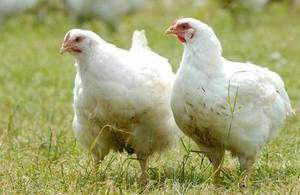
https://www.eventbrite.co.uk/e/eesg-christmas-quiz-tickets-35490699638?aff=erelpanelorg

We are a group of micro farmers who welcome anyone who keeps animals or grows vegetables and fruit, or loves cooking! Who would like to come along to our meetings or events and share their experiences with others. You don't need to have lots of animals to be a "smallholder." Many people who grow vegetables, have some bees or maybe a couple of backyard chickens come along and enjoy the meetings and events as well.






We continually review our disease control measures in light of new scientific evidence and veterinary advice. Based on the latest evidence on reduced numbers of migratory and resident aquatic wild birds we believe that kept birds in the areas we previously designated as Higher Risk are now at the same level of risk as the rest of England and may now be let outside.Lifting the housing requirement in Higher Risk Areas means free range birds across every part of England can now be allowed outside again.
However, all keepers must still observe strict disease prevention measures to reduce the risk of contamination from the environment, where the virus can survive for several weeks in bird droppings.
This does not mean business as usual: the risk from avian flu has not gone away and a Prevention Zone remains in place, requiring keepers across England to take steps to prevent disease spreading. We continue to keep measures under review and keepers should check GOV.UK for regular updates.

